If you've never heard of Bagan, well, you probably have a good reason. We'd not heard of it till we started researching Myanmar recently. While we are not blaming ourselves unduly for this lapse, we now feel that we should spread the word. Visiting a site with hundreds of temples, pagodas etc. less than a week after visiting Angkor may seem like an exercise in self-flagellation to many. But if that place happens to be Bagan, you will find that the appetite comes back with a roar. A guidebook we came across compares them using a dining analogy - Angkor (not just Angkor Wat but the entire region) is like a gourmet meal where every course lasts several minutes. Bagan is like a tapas dinner with hundreds of little pieces following each other in quick time. We are not sure if this is entirely appropriate, but it is well thought out and interesting.
The ancient site by the Ayeyarwaddy River is now home to three towns, Nyang-U (where the airport, guesthouses and restaurants are), Old Bagan (the walled town with several historical sites) and New Bagan (where residents of Old Bagan were forcibly moved to recently). The three towns are on the banks of the river forming a triangle with Old Bagan at the vertex of a very obtuse angle. The area enclosed by the triangle is a vast, flat plain dotted with hundreds of pagodas, temples, monasteries and just a handful of villages. The pagodas come in all shapes and colors (with brick-red being the most common). Several of the larger ones are multi-storeyed. While the upper levels of many temples have been closed off to prevent damage, some are still open to visitors. From the tops of these pagodas one gets uninterrupted views of the surrounding plain and the other pagodas that seem to have grown miraculously from the earth itself. Add a dose of special lighting (sunrise or sunset) and you are rewarded with a sight that you will not forget in a lifetime of magnificent vistas. Bagan sunsets are planned carefully ahead of time. You can pick one of the recommended pagodas (that still allow access to the higher levels) and show up on time, but you still have to hope that the weather cooperates, especially in the rainy season.
A slice of luck came our way in the form of a narrow break among the clouds on the western horizon as we were just about to give up hope atop the Shwe-san-daw pagoda, a few minutes before sunset. What followed was utterly captivating. Those images are now tucked away in the memories of the hundreds who were present at Bagan that evening. They've also been captured as megapixels and safely stored in memory cards to be shared with millions. We hope you enjoy what we have to share with you here.
The pagodas were constructed mostly between the 10th and 13th centuries. It was a period when Burma was in a transition period from Hinduism to Buddhism. The Bamar king Anawrahta started the whole building frenzy in the 1050s and his successors carried on the work for 250 years before the empire declined. The golden period ended with the invasion of the Mongols under Kublai Khan. The region went into decline until interest was revived during recent times. A 1975 earthquake caused significant damage to several structures and they are still being reconstructed.
The pagodas have complicated hyphenated names (like Hti-lo-min-lo, That-byin-nyu etc.) that are frustratingly difficult to remember, but a little effort in familiarization adds to the enjoyment of the vistas (just as the names of the formations on the Grand Canyon do). Apart from the named ones, hundreds others just carry numbers assigned by the Archaeology Department. The odd white or gold painted pagoda provides contrast from the mostly brick-red structures. While most date from the 10th to the the 13th centuries, the quest for nirvana still drives contemporary builders to continue building these.
Apart from enjoying the vistas, some of the temples are worth visiting based on what is inside as well. You could overdose on Buddha images, but if you have a keen eye for detail, you can enjoy the variety in the Buddha images even within the same temple complex. The usual pattern is four Buddhas in each temple facing the four directions, each with a subtle variation in expression, position, style of outerwear etc. Burmese Buddhas themselves are unlike Buddhas seen elsewhere in Southeast Asia. They seem to be younger, more boyish, some even have a conspiratorial expression that suggests secrets to be shared. Perhaps they have an updated path to nirvana that they would like to share. Some others look, well, intoxicated. Some look well fed and the others look hungry, some content, others concerned. Some are in total darkness and some shine golden and a few others are brilliantly lit in natural light filtering through holes in the wall. One particular temple (Manu-ha) had several massive statues of the Buddha claustrophobically confined within the surrounding walls with no space around them. We found a couple of temples with the Hindu trinity as well as three headed images of Brahma. One temple is supposed to have had the images of the ten incarnations of Vishnu but only a few are left undamaged.
At every site, you will be bombarded by vendors selling the usual unwanted tacky souvenirs. While they are persistent, they are extremely good natured in accepting refusals and are very good company. The young children are a particular delight once you get past their attempts to sell you things. There has been a spike in tourism to Myanmar in the past few months due to the political and economic climate but it nowhere near the levels you see in other Southeast Asian countries. The locals smile easily and are very welcoming towards visitors.
On both the days we explored Bagan, we chose forms of transport that we'd never used for sightseeing before. We explored the area on bicycle on the first day, which is the perfect way to see Bagan as it allows you to traverse roads and sandy paths alike with ease. One can stop as often as one likes and go back and forth etc. We managed to put in 20km, but opted for a horse buggy the next day. It is less strenuous and also has the advantage of having a driver with local knowledge.
The same horse buggy that showed us around Bagan on the second day also took us to the airport next morning!
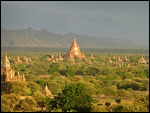
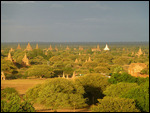

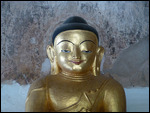

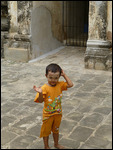
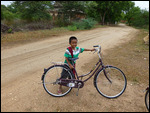
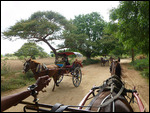


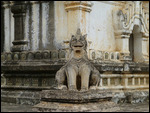
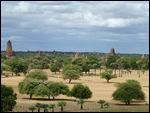


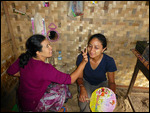




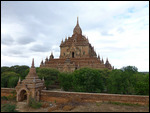
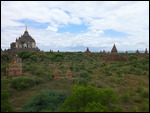
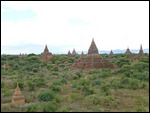

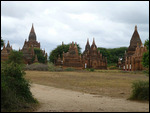
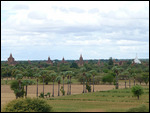

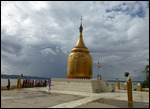
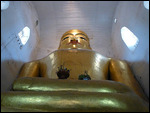
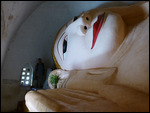


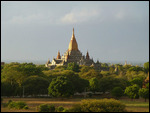
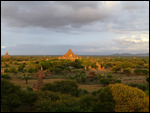
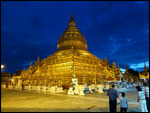

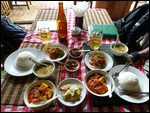

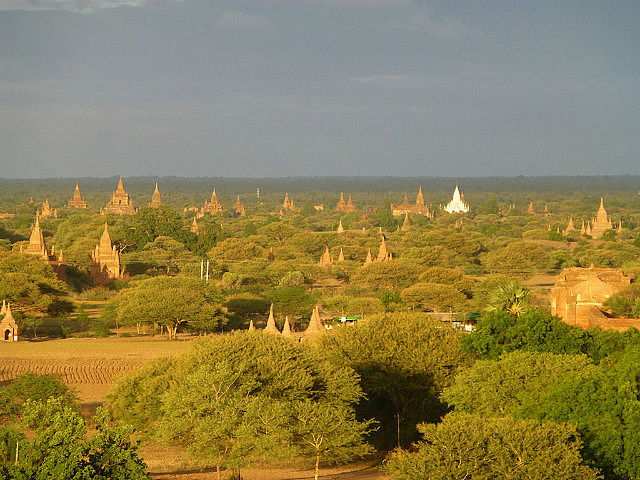
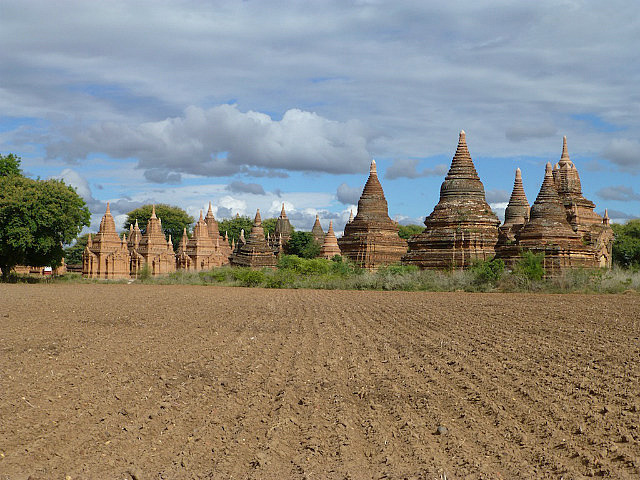

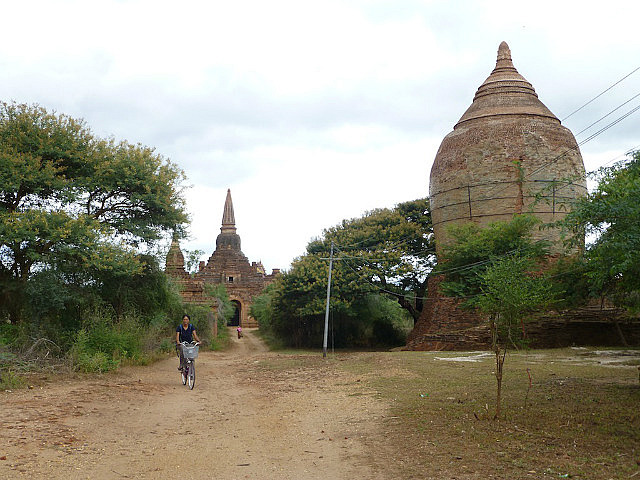

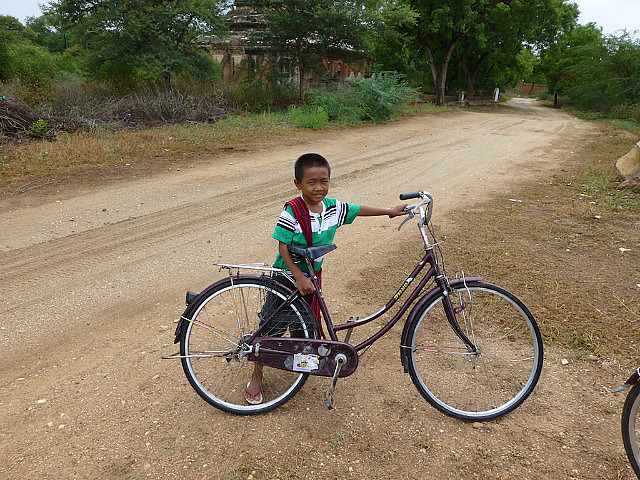



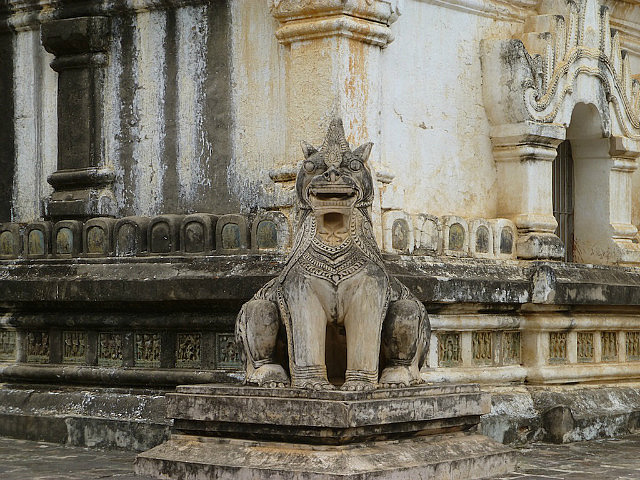


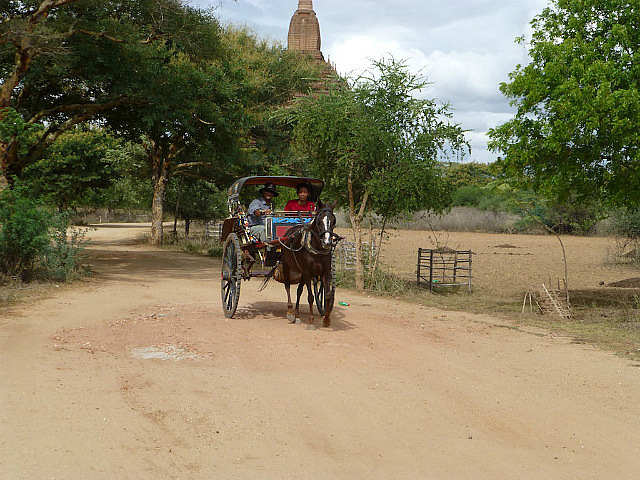




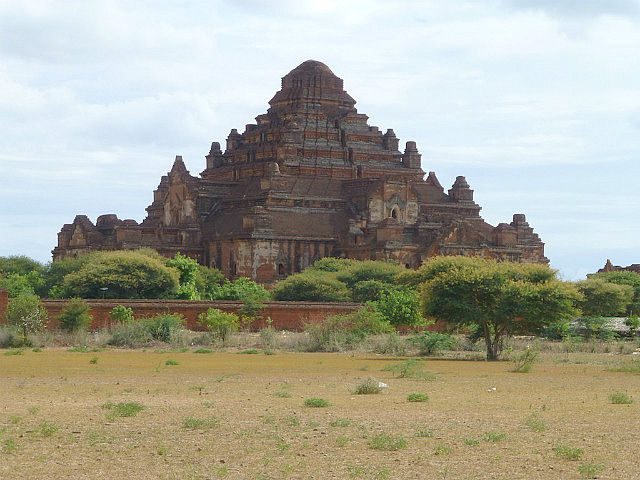


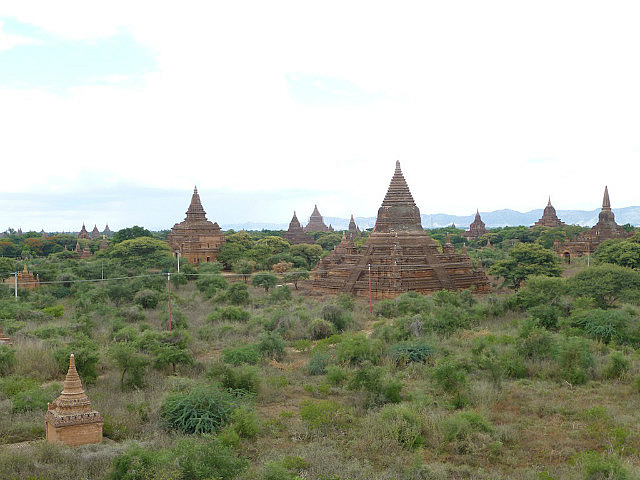
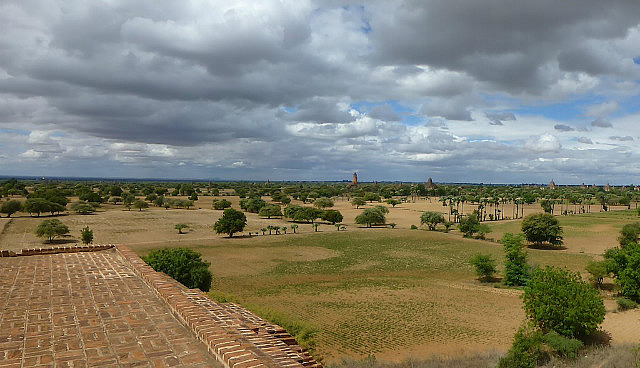

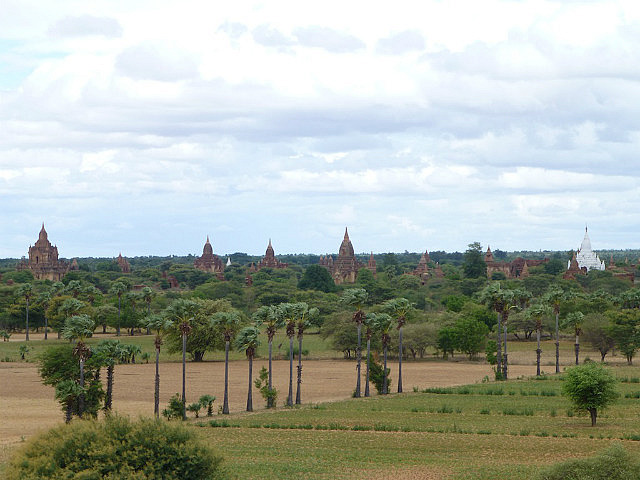
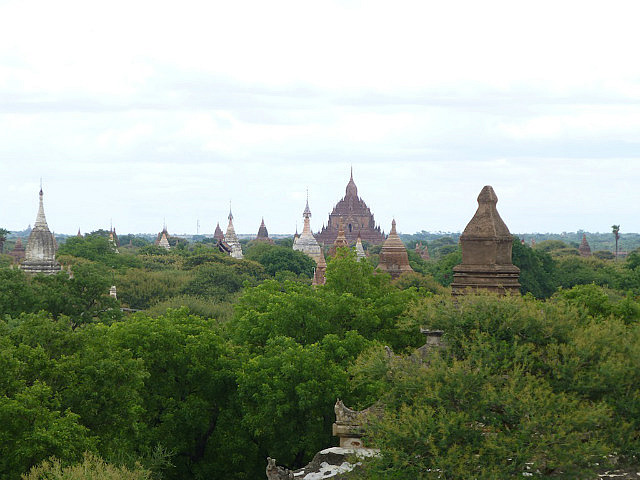
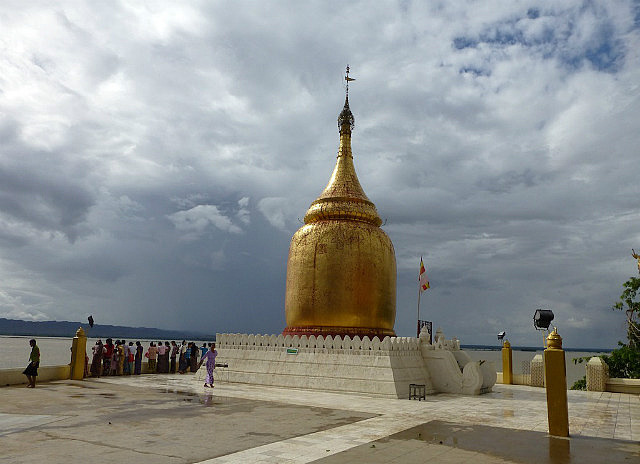
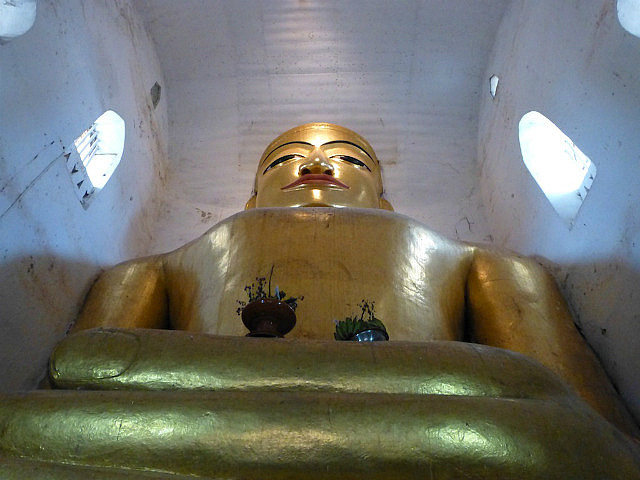

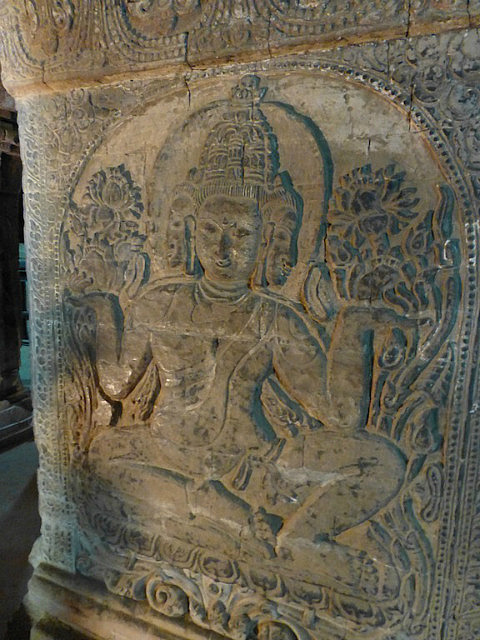

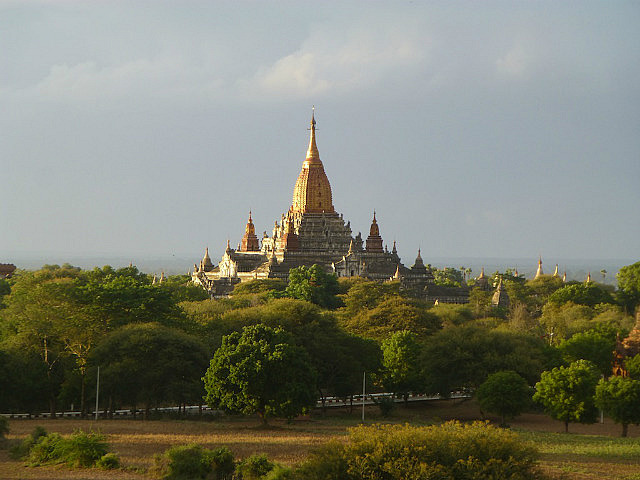
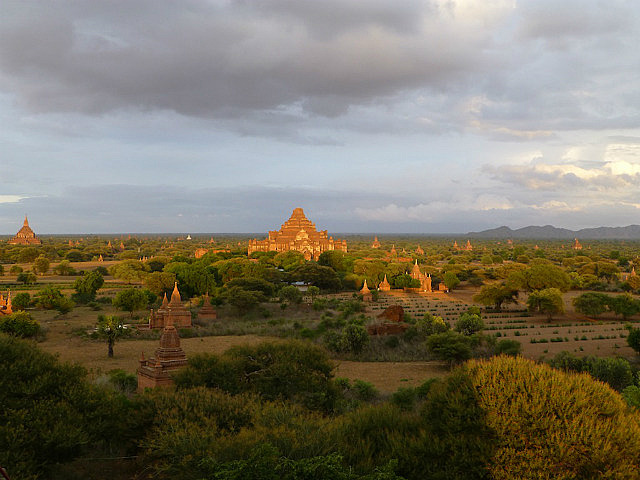


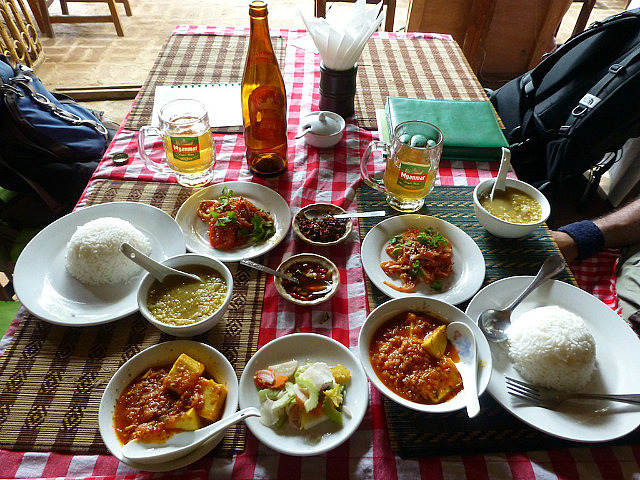
Comments